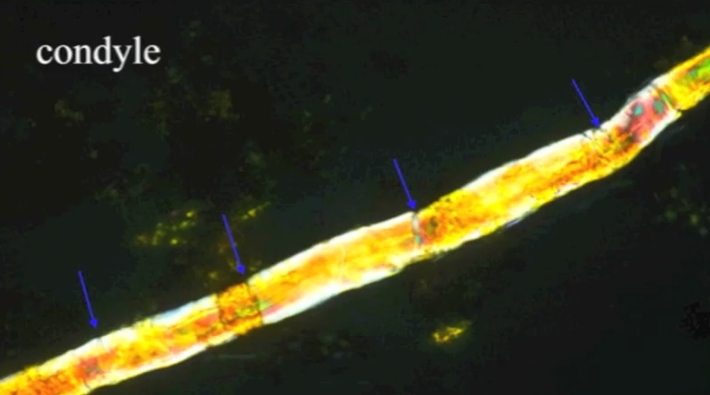
This account is of Bill Hayden, a famous politician in Australia. He worked in government for 35 years, ending his storied career as the Governor-General of Australia, the highest executive office in the land. His atheism became well known throughout Australia when he was sworn in to that post. Usually, the Governor-General swears an oath on the Bible, but Hayden ignored that tradition and simply gave an affirmation. In addition, by tradition, the Governor-General is also the Chief Scout of Australia. However, Hayden refused that position, since his atheism was incompatible with the Boy Scout Promise. Instead, he took the role of National Patron for the Australian Boy Scouts.
Why was Bill Hayden an atheist? In an interview, he gave several reasons. His father was an atheist, but his mother was a devout Catholic. He had some bad encounters with pastors and priests. He couldn’t believe some of what he called the “tall stories” in the Bible, such as Naoh’s Ark. However, the turning point in his life came when his five-year-old daughter was hit by a car and killed while crossing the street after Sunday School. A kind priest tried to help him find comfort in prayer, but he found no comfort there. That seems to be the moment he decided he was an atheist.
What called him back home to God? Once again, there were several factors. However, the biggest seemed to be a nun named Sister Angela Mary Doyle. She worked with him to pass what is now called Medicare, Australia’s socialized medicine program. In the interview, he said that when he was with her he thought:
I had been in the presence of a holy one, a holy person. I felt it was something that suffused my system. My chest felt heavily congested with the feeling that I have been lucky…that I had been with a particularly holy person.
That gave him something to which he could relate, and he eventually shed his atheism to follow Christ. Towards the end of the interview, he gives some sound advice to those who are having doubts about Christianity:
Understand your faith. Don’t let your faith be damaged by the failure of a few agents who never allowed their faith to guide them.
As a young man, he certainly didn’t understand the faith. The “tall stories” to which he refers are not hard to believe at all. In fact, they are easier to believe than the tall stories that one must believe in order to be an atheist. However, to see that, you must understand the Scriptures. When his daughter died, he didn’t understand his faith enough to see how it should have comforted him in his time of grief. In addition, we must all keep in mind that many individuals who claim to represent Christ do not actually follow Him. We should not use their actions to judge the faith that they claim to represent.





